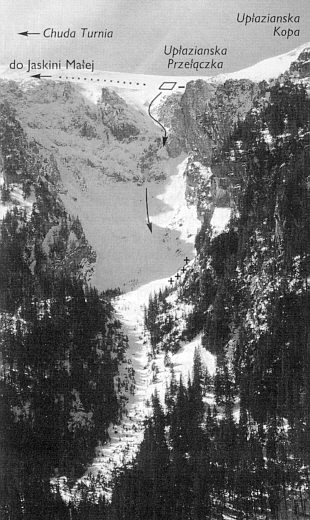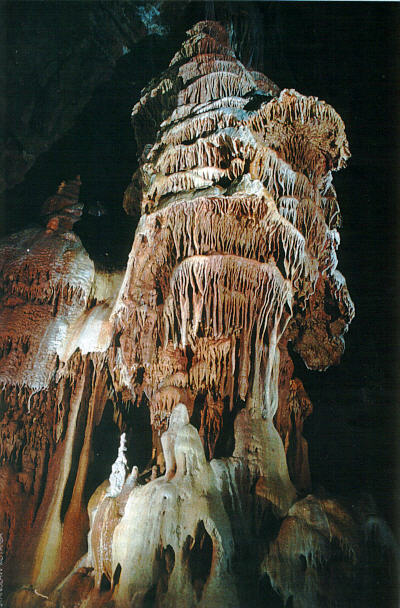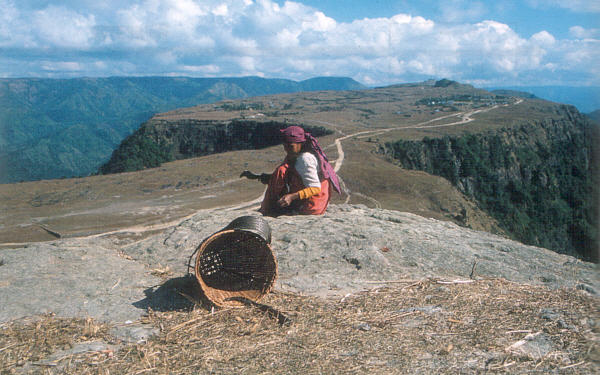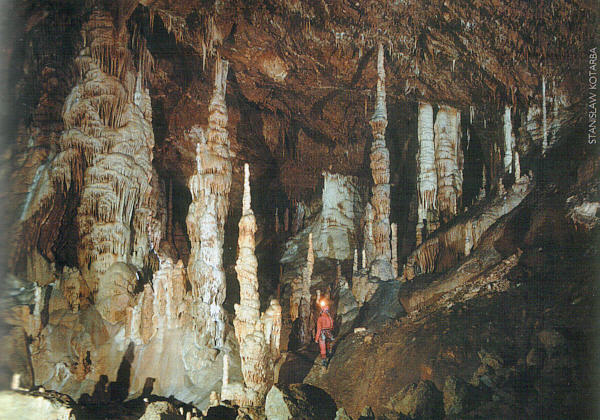


 Four cavers were killed by avalanche in the Tatra Mountains on 28 January 2004.
They set off from their base at 6 a.m. towards the Mała cave in the Małołączniak.
The weather was good, the sky clear, temperature about -20°C, a few centimetres
of fresh snow, second degree of avalanche alert. The colleagues who remained
at the base became anxious when the party did not return at the alert time agreed
at 22.30 of the same day.
Four cavers were killed by avalanche in the Tatra Mountains on 28 January 2004.
They set off from their base at 6 a.m. towards the Mała cave in the Małołączniak.
The weather was good, the sky clear, temperature about -20°C, a few centimetres
of fresh snow, second degree of avalanche alert. The colleagues who remained
at the base became anxious when the party did not return at the alert time agreed
at 22.30 of the same day. 20
years of Sądecki Klub Taternictwa Jaskiniowego
20
years of Sądecki Klub Taternictwa Jaskiniowego
The twentieth anniversary of Sądecki Klub Taternictwa Jaskiniowego
was planned for 21 February 2004. The news of death in avalanche of the Klub's
co-founder and all-time President Anna Anczkiewicz and her three partners overthrew
the plans. Celebrations were reduced to a photographic exhibition and an official
meeting at Nowy Sącz. Anna's mother and daughter accepted the commemorative
medal awarded to
Anna by PTTK (Polish Tourist and Touring Society).
Jaskinia Wielka Śnieżna - what length?
The cave system of Jaskinia Wielka Śnieżna consists of five interconnected caves explored separately. The accuracy of data on the actual total length of the system depends on the quality and actuality of the partial data. Czesław Szura presents previous data for all parts of the system and adds the values resulting from recent explorations in Wielka Śnieżna by his club, Speleoklub Bielsko-Biała. The resulting length data are these: Śnieżna 14,914 m, Nad Kotlinami 1,465 m, Jasny Awen 115 m, Wilcza 54.7 m, Wielka Litworowa 4,900 m. The total length of the system is 21,448 m. This still may be not complete, if not all data resulting from exploration in various parts of the system have been published.

Humpleu cave, Romania fot. S. Kotarba
Hagengebirge 2003
The north-western part of the Hagengebirge massif in Austria was explored by cavers from Sekcja Grotołazów Wrocław and Sopocki Klub Taternictwa Jaskiniowego in July and August 2003. The team of twelve explored Kastanenhöhle, which they discovered in 2002, and Alvermannschacht, discovered by an Italian expedition in the 80ties. The exploration resulted in discovering and surveying of more than 2 km of new series. Cavers from Salzburg, including Walter Klappacher, assisted the expedition for a couple of days. (The article about this expedition in polish with pictures and maps you can find here).
Five cavers from Speleoklub Gawra (GorzUw), led by Piotr Pilecki, exploration caves in the Pirin Mountains of Bulgaria in September 2003. Though the massif has potential for caves up to 2000 m deep, only a few of the 70 hitherto known caves attain more than 40 m. Most are choked with stones or snow at shallower depths. One possible lead was left after exploration in the deepest cave, N-9 (225 m).
Section of N9-11 Cave, click for bigger version. The
abode of the clouds
The
abode of the clouds
Expedition of cavers from USA (mainly), India and Poland, organised by Mike Zawada, explored sandstone caves on the Khasi Hills plateau in Meghalaya, India, at altitude of 1,300 m. Ten caves were explored and mapped, ranging from 164 m to 3,160.9 m in length (Krem Maw Tynhiang) and up to 50 m deep.
Woman of Khasi people and lanscape of plateau Nongnah in Lum Lawpaw mountains. fot. G. Allison-Kosior Romania
2003
Romania
2003
Visits to the caves of Romania have become the main way of spending the authorsí
free time in recent years. In August 2003 they visited caves in the Rodna Mts.
A brief description of the largest caves of the area is given. The authors visited
also the Humpleu cave system in the Bihor Mts., with the greatest halls in Romania
(up to 537 x 111 x 35 m). The authors strongly recommend visiting the caves
in Romania in contact with local
caversí organisations, for the sakes of safety and cave conservation.
Darninii Cave, fot. S. Kotarba
Bihor 2003
Seven divers and four other cavers took part in a cave diving expedition, led by Wiktor Bolek, to the Bihor massif in NW Romania in August 2003. The expedition continued the efforts from the preceding year, aiming to passing from the Tauz resurgence sump, explored to the depth of 85 m, to the Coiba ponors, 2.5 km away. During two dives, no farther way was found from the bottom of the sump. Diving in the Galbanei resurgence also did not result in finding the way upstream, thought to be penetrable in both cases, basing on the presence of large wood logs.
A team of 15 cavers (mostly from Speleoklub Bobry Żagań) spent 16 days in the Tennengebirge Ost in the Austrian Alps in July-August 2003. They explored 17 new caves, of which deepest is D-12 (Jack Daniels Höhle), explored to -404 m, with open leads left. C-3, with an undescended 60-metre pitch, is also promising. The team also determined locations of old cave entrances using GPS.
Section of Jack Daniels Cave, click for bigger version.Discoveries in Poland
The local section includes descriptions and plans of new discoveries in various
areas of Poland. A list of the longest gypsum caves in the evaporite karst area
of the Nida Valley is presented in p 27. A cave from the Sudetes is presented
where original natural corridors lying close to one another
have been widened and coalesced by underground mining. The problem of reporting
the total length of such caves is briefly discussed (p 29).
Editors:
Michal Gradziński, Grzegorz Haczewski, Jakub Nowak, Mariusz Szelerewicz
cooperation:
Andrzej Ciszewski, Marcin Furtak, Agnieszka Gajewska, Rafał Suski, Tenata Tęczar, Andrzej Wojtoń
This HTML-version: Dariusz Bartoszewski
Editioral address (main):
ul. Ehrenberga 36a 31-309 Krakow, Poland e-mail: szelerewicz@ceti.pl
Internet edition:
e-mail: dbart@panda.bg.univ.gda.pl WWW: panda.bg.univ.gda.pl/~dbart
 |
BACK to index |
 |
EPIMENIDES polish speleo page. |
Last change 2004.04.26